Neem oil spray
sboku74
19 years ago
Featured Answer
Sort by:Oldest
Comments (19)
Shaneqld
19 years agosboku74
19 years agoRelated Professionals
New Bedford Landscape Architects & Landscape Designers · Norfolk Landscape Architects & Landscape Designers · Wrentham Landscape Architects & Landscape Designers · Clemson Landscape Architects & Landscape Designers · Forest Acres Landscape Architects & Landscape Designers · La Marque Landscape Architects & Landscape Designers · Buford Landscape Contractors · Bedford Heights Landscape Contractors · Canyon Lake Landscape Contractors · Columbine Landscape Contractors · Estelle Landscape Contractors · Oxnard Landscape Contractors · South Lyon Landscape Contractors · Waterford Landscape Contractors · Shafter Landscape Contractorskidhorn
19 years agoUser
19 years agoeukofios
19 years agomadhatten
15 years agoKimmsr
15 years agoluxrosa
15 years agobart_2010
13 years agotylerkunter_comcast_net
12 years agotykooner
12 years agomonniemon
11 years agopjwgardener
10 years agostrawchicago z5
10 years agofloridadon
10 years agoRoserianPk
10 years agostrawchicago z5
10 years agoCarolyn Glass
6 years ago
Related Stories

MATERIALSInsulation Basics: What to Know About Spray Foam
Learn what exactly spray foam is, the pros and cons of using it and why you shouldn’t mess around with installation
Full Story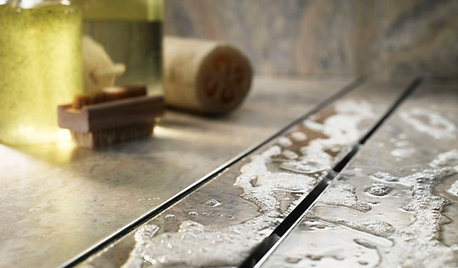
HOUSEKEEPING12 Cleaning Projects That Go a Little Deeper — Naturally
Eucalyptus oil for germy door handles. Baking soda for oven grime. Here are nontoxic solutions for often-overlooked cleaning jobs
Full Story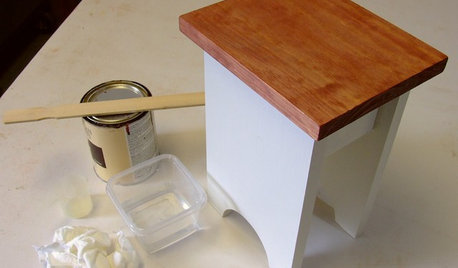
DIY PROJECTSCool Tip: Mimic Stain With a DIY Color Wash
Get the look of an oil-based stain without all the bother, using this easy wash made with paint
Full Story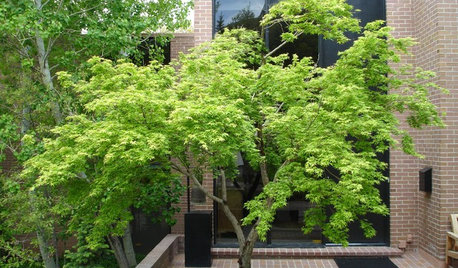
ROCKY MOUNTAINS GARDENINGRocky Mountain Gardener's February Checklist
Get smart with your seeds, strike with oil to manage pests and practice proficient pruning — your trees and shrubs will thank you
Full Story0

KITCHEN DESIGNHow to Mix Metal Finishes in the Kitchen
Leave matchy-matchy to the catalogs and let your kitchen's personality shine with a mix of metals for hardware and fixtures
Full Story
DOORSDesign 2011: Black Casework, Doors and Cabinetry
All-Black Doors, Trim and Cabinets Will Add to the Year's Chic Appeal
Full Story
HOUSEKEEPINGThe Best Way to Get Your Windows Spotlessly Clean
Learn the pros’ tips and tricks for cleaning windows and getting them streak-free
Full Story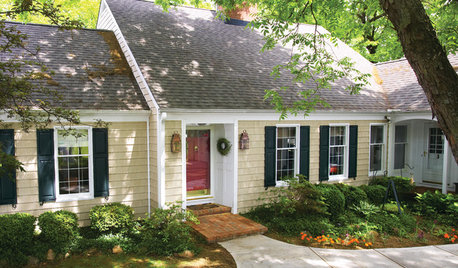
HOUSEKEEPINGHow to Wash Your House
Avoid damage to siding and plants while getting your home's exterior shining clean, with this guide to using pressure washers and hoses
Full Story
GARDENING GUIDESOrganic Matters: Thwart Insect Pests With Trap Crops
Add a few sacrificial plants to your garden to lure insects away from the harvest
Full Story
HOUSEKEEPINGGet Those Carpet Stains Out: Best Nontoxic Methods for Spot Cleaning
Banish blotches the safe way with pantry staples, to get your rugs looking as clean as the day they came home
Full StoryMore Discussions


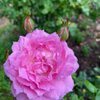
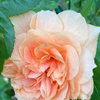
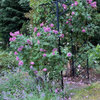
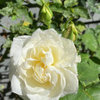
Shaneqld